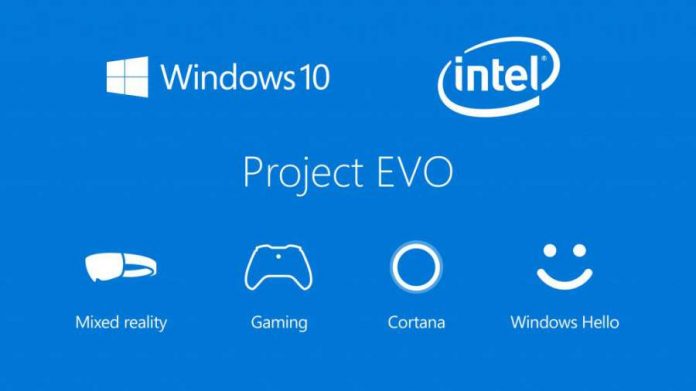
Last week, Microsoft held its Windows Hardware Engineering Community (WinHEC) conference in Shenzhen, China. During the event, the tech giant revealed the PC specs needed for its upcoming VR headsets.
The specifications reveal came as part of the Project Evo initiative, a collaboration between Intel and Microsoft to bring the PC industry up to date with the latest technologies.
Microsoft will debut its VR headset lineup in late 2017, and the market should adapt by then to the needs of consumers eager to try out the latest developments in gaming.
Virtual reality could soon transcend the scope of gaming to take a bigger role in our daily lives. Microsoft HoloLens promises to be a starting point to the company in bringing AR and mixed reality to the consumer market.
What is Project Evo?
Project Evo is an effort between Microsoft and Intel to integrate advanced security, AI, and Cortana in devices. Virtual reality and gaming are just the beginning.
Myerson, who serves as the Executive Vice President of the Windows and Devices Group at Microsoft, spearheaded the joint initiative that will bring PCs up to shape to support the industry’s latest mainstream innovations.
Some of the capabilities of future devices include far-field speech communications, much like the Amazon Echo home assistant works, but it will use Cortana instead of Alexa.
Other advancements in Project Evo-infused PCs will be stronger security standards like Windows Hello authentication and native support for like 4K resolutions, HDR graphics, and, of course, VR systems and headsets.
Microsoft VR headsets: System Requirements

Although none of them will be out until perhaps late 2017, Microsoft has already disclosed the minimum PC specs required to run VR games and content using its upcoming headset lineup. The following list provides full details:
• CPU: Intel Mobile Core i5 + (e.g. 7200U)
• GPU: Integrated Intel® HD Graphics 620 (GT2) equivalent or greater DX12 API Capable GPU
• RAM: 8GB+ Dual Channel
• HDMI: HDMI 1.4 with 2880×1440 @ 60 Hz or HDMI 2.0 or DP 1.3+ with 2880×1440 @ 90 Hz
• HDD: 100GB+ SSD (Preferred) / HDD
• USB: USB 3.0 Type-A or USB 3.1 Type-C Port with DisplayPort Alternate Mode
• Bluetooth 4.0
Tech leaders including Acer, Asus, Dell, HP, and Lenovo will develop the head-mounted displays (HMDs) under a Microsoft license, and they are expected to hit the market late next year.
The Chinese company 3Glasses will also manufacture its Microsoft-branded VR headset. HoloLens technology is pending government approval in China, and it is expected to become available in early 2017.
Microsoft’s VR headsets rumored price
Microsoft will provide a developer kit at the Game Developers Conference in San Francisco. The event will run from February 2017 to March 3, 2017.
The kits will sell at a yet undisclosed price, but early reports estimated the VR HMDs from Microsoft would be in the $300 – $500 range at most. The more advanced Microsoft HoloLens retails for $2,000.
Source: Microsoft










